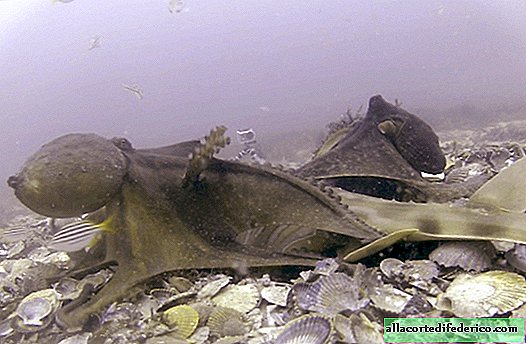In China, found the remains of ancient "giants"
Chinese archaeologists made an unexpected find during excavations in Shandong province in eastern China. Scientists have found the remains of people who lived in these places about 5 thousand years ago and were two meters tall - a very unusual characteristic for these places, and especially that time period. Researchers believe that the ancient inhabitants of China were able to achieve such dimensions due to good nutrition.
Eat, otherwise you won’t grow up!
The length of the found skeletons exceeds 1.9 meters. Archaeologists do not exclude that during the lifetime of the "giants" were even higher. Apparently, their living conditions were very favorable, which affected the growth of ancient people. At least, scientists adhere to this particular hypothesis.

Photo: RIA Novosti
Other finds made in the area of the Shandong administrative center, the city of Jinan, also speak in her favor. Excavations in this area have been ongoing since 2016. Archaeologists have already managed to find more than a hundred buildings over 200 burials and about two dozen sacrificial pits.
Land of plenty
According to scientists, the found remains of the "giants" belong to the Longshan culture of the Neolithic era. This culture once inhabited the Yellow River basin in the first half of the second millennium BC.

Pictured: Longshan Culture Distribution Area / Wikipedia
Due to the fact that migrants from other regions poured into the culture from time to time, they knew the potter's wheel, crafts developed, animals were domesticated - except pigs, goats, sheep and cows were raised here. And from the Middle East, wheat fell into these places.

The fact that the Longshan culture was at a fairly high level of development and corresponded to a certain standard of living is evidenced by the fact that the dwellings of that time were spacious and provided for separate bedrooms and other specialized rooms.
Apparently, their beds were also rather big.

















